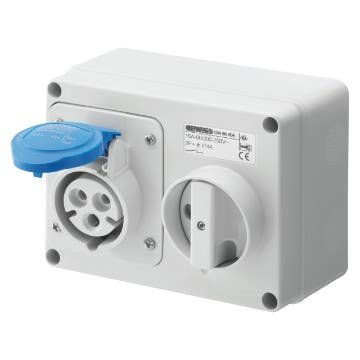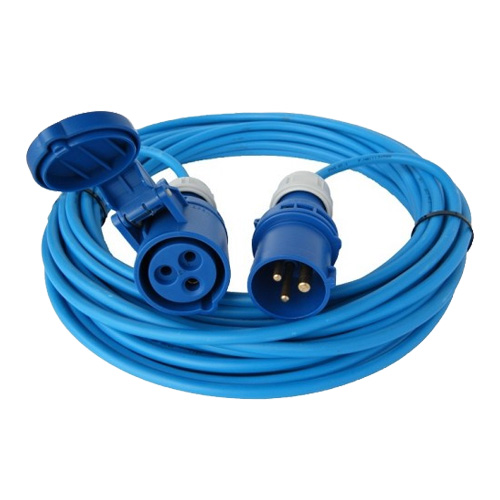I am being asked to wire up a small single phase lathe in a home workshop.
I will be using an NVR switch for start and stop, with a 0.55kw motor looks like I should have overload protection as well (552.1.2)
The customer has an old forward/reverse switch, my guess is 30 years old with metal case , but looks in good condition. My specific concern is that the switch has a leaver to rotate it and a center off position, it could easily be used to switch the motor off and then knocked on.The customer is quite safety conscious so fairly unlikely to happen, but I am wondering if this is normal or is there an alternative arrangement used? Just realised I my have to change the switch anyway as it's not ip rated, but still not sure what to use.
Tried to attach some pictures but cant work out how to do it?


